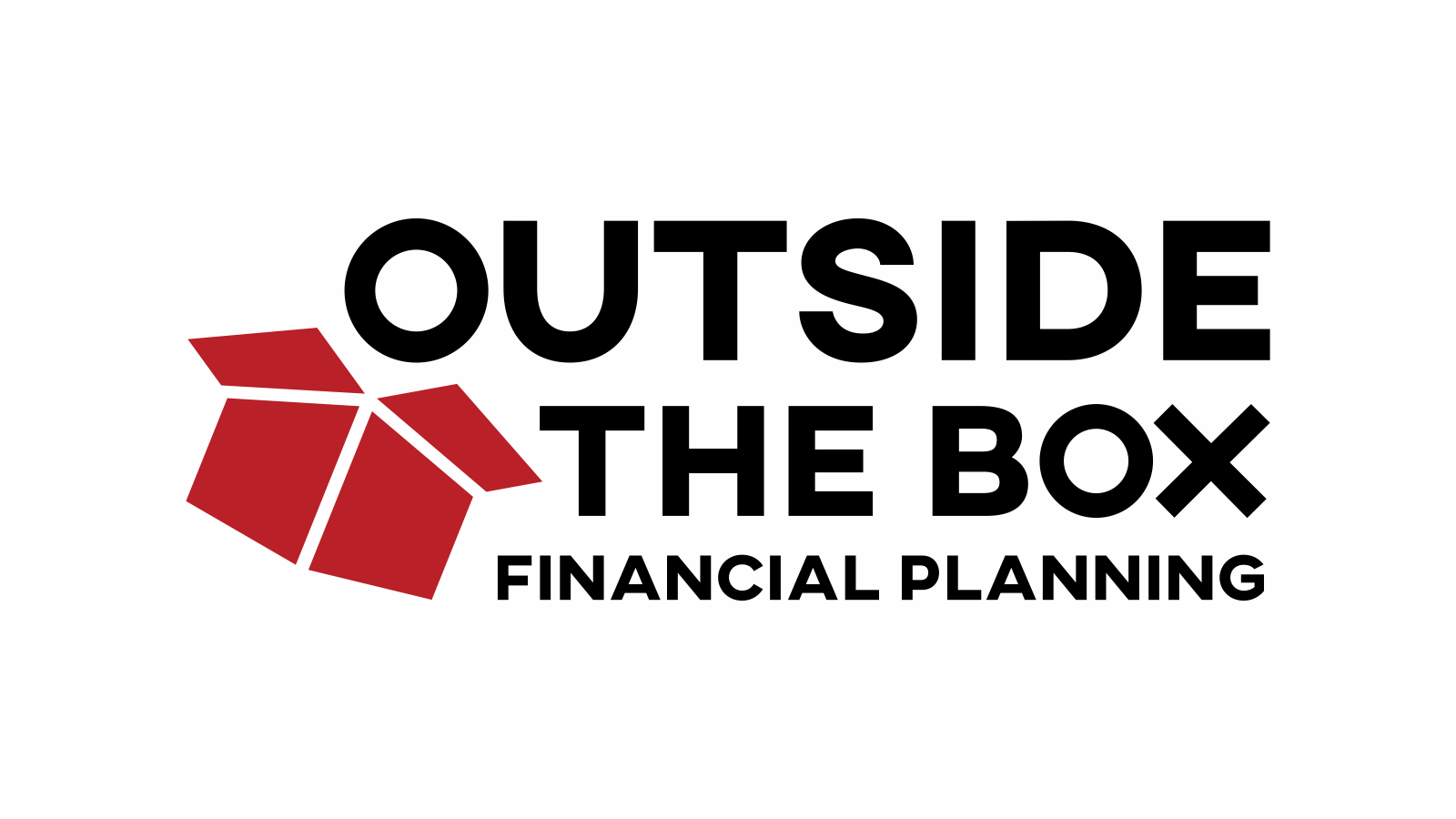Your 2026 Tax Strategy Starts Now: Smart Year-End Moves for Medical Professionals
By the time November rolls into Chicago - with the rush of holiday shifts, colder commutes, and the familiar scramble inside Advocate, Northwestern Medicine, and Rush - most medical professionals are running on habbints and instinct. Schedules tighten. Hours stretch. And tax planning?
It tends to get pushed to “some time after New Year’s.”
But here’s the uncomfortable truth:
The financial decisions you make in November and December will directly shape your 2025 tax bill.
And for many nurse practitioners, anesthesiologists, dentists, and other high-earning healthcare workers across the Chicago area, that bill can be… substantial.
This is the moment - before December 31 - when the wisest moves happen. Just smart, timely adjustments that keep more of your hard-earned income working for you instead of disappearing into taxes.
This isn’t a checklist.
It’s a strategy window.
And it closes soon.
Why November Matters More Than You Think
Most people assume tax planning is something you do after the year ends. But the 2025 tax landscape is shifting, and many medical professionals are bracing for potentially higher taxes unless they take action early.
November gives you enough distance from the frenzy of year-end patient volumes and enough runway before December 31 deadlines to make moves that actually stick.
This is when you can:
Correct course if your income came in higher than expected
Maximize deductions you haven’t used yet
Make (or increase) final retirement plan contributions
Harvest investment portfolio losses
Review charitable giving strategies with intention - not panic
And most importantly:
Align everything you do now with the 2026 tax picture you’ll be living in soon.
That’s the part most people ignore. And it’s where the biggest savings are usually found.
If you want a quick way to see your 2025 brackets, deductions, phaseouts, and key retirement limits at a glance, you can download our “2025 Important Numbers” guide.
1. First, Know Where You Stand - Don’t Guess
If you’re a medical professional in Chicago, your income often can vary.
Extra shifts at Advocate.
Weekend coverage at Swedish Hospital.
Holiday hours at Rush.
Additional income/side hustle income increase.
Or a sudden spike in overtime because your unit was short-staffed.
These fluctuations matter more than people think.
Before making any strategic moves, you need a clear view of:
Your total expected income for 2025
How close you are to major tax cliffs
Your current deduction usage
Your progress on retirement contributions
Whether bonuses (common in December) will affect your bracket
Most people walk into the final weeks of the year guessing - and guessing is where tax mistakes happen.
A simple year-end income projection can save thousands.
2. Maximize Retirement Contributions While You Still Can
Healthcare professionals in Chicagoland often have access to multiple retirement accounts depending on their employer:
403(b) for hospital employees
401(k) for those in private clinics or dental offices
457(b) plans are common at major not-for-profit hospitals and clinics.
November is the last month when you can realistically adjust contributions without scrambling.
Here’s what happens every year:
Someone realizes on December 29 that they’re thousands away from the maximum possible retirement plan contribution - and tries to adjust their final paycheck. The payroll system can’t process it. The opportunity is gone.
Don’t be that person.
For high-earning medical professionals, maximizing contributions is one of the most reliable ways to reduce taxable income before the year ends. This also applies if:
You picked up significant overtime
You switched hospitals mid-year
You received a retention bonus or a relocation bonus
You’re a dentist or an anesthesiology contractor working across multiple locations
And keep in mind: what you contribute now affects not just this year’s taxes, but how well-positioned you’ll be for 2026 - especially if tax brackets change.
3. Strategic Charitable Giving - Not the Last-Minute Kind
Chicago is one of the most generous cities in the country - but charitable giving often happens with little strategy. Someone donates on December 31 at 11:58 PM, gets a confirmation email, and hopes it “counts.”
But when your income is high?
Charitable giving is no longer just generosity - it’s a tax planning tool.
Consider:
Bunching Donations
Instead of sprinkling gifts throughout the year, consolidating contributions in a single tax year may push you past the standard deduction threshold - unlocking itemized deduction and greater tax savings.
Donor-Advised Funds (DAFs)
A DAF lets you get a deduction this year while distributing gifts over time. Useful if you're planning for potential 2026 tax changes.
Gifting Appreciated Investments
Instead of donating cash, gifting investments can simultaneously avoid capital gains taxes and provide a deduction.
This is especially powerful if you’ve held positions that performed well in the past few years.
Charitable giving isn’t just about writing a check.
It’s about lining up your generosity with your tax goals and your income reality.
4. Tax Loss Harvesting: The Quiet Strategy Most Medical Professionals Skip
Medical professionals in Chicago tend to be disciplined savers. But investing?
Many just “set it and forget it.” And that’s not always a bad thing.
But November and early December are the months when tax-loss harvesting can become a valuable move.
If you own positions that have dropped in value - and almost everyone does - selling them to realize the loss can help:
Reduce capital gains
Minimize portfolio rebalancing cost
Future gains
Offset up to $3,000 in regular income
Future taxable events you already anticipate (bonus, RSUs vesting, etc.)
Even if your overall portfolio is properly allocated, locking in strategic losses now can set you up for a better 2026 tax year.
The key is to do it intentionally.
Not emotionally.
Not reactively.
Not because a headline scared you.
Investment losses can be turned into tools - if you use them strategically and before the time runs out.
5. Consider Flexible Spending Accounts Before Money Disappears
FSAs are wonderful… until they’re not.
Especially if you're juggling shifts and barely looking at the account.
Even though grace periods exist, November is the time to:
Check remaining balances
Schedule needed health visits
Order eligible supplies
Coordinate with dependents if applicable
Use funds without rushing in late December
It’s a quiet but crucial part of year-end tax efficiency.
6. Understand How Your 2025 Moves Shape Your 2026 Taxes
This is where most blog posts stop. But this is where the real strategy begins.
For high-earning healthcare workers, the 2026 tax landscape may include:
Higher marginal rates
Reduced deductions
Potential phaseout of certain tax benefits
This means the decisions you make in November and December aren’t just about “saving on taxes this April.”
They’re about preparing for a potentially more expensive tax future.
For example:
If you expect higher taxes in 2026:
You may want to shift more income into 2025 (e.g., strategic Roth conversions) and pull forward deductions now.
If your income is unusually high this year:
You might want to do the opposite - defer income, accelerate deductions, rebalance the picture.
Nobody can optimize this without understanding what your 2026 outlook is likely to be.
This is where personalized financial planning becomes essential.
7. Don’t Forget Your Professional Identity Comes with Unique Opportunities
Healthcare professionals in Chicago aren’t like other workers. You have unique financial realities:
Income spikes during seasonal staffing shortages
Multi-shift or multi-location work - sometimes with multiple employer plans
Contract or 1099 income for certain specialties
High exposure to tax cliffs because of high base pay
Catch-up options if you're over 50
Student loan considerations tied to taxable income
Licensing and CME costs that may or may not be deductible
You do a type of work that requires constant vigilance and split-second decision-making.
Tax planning shouldn’t feel like that.
But there are deadlines.
8. The Most Overlooked Move: Reviewing Your Withholding and Estimated Taxes
If 2025 was a year of change for you—new job, new hospital system, contract work, bonus, more overtime - then your withholding may not match your actual tax liability.
This is one of the biggest year-end pitfalls for busy healthcare professionals.
A quick review now can prevent:
A surprise tax bill
IRS penalties
Underpayment consequences
Cash-flow headaches during the first months of 2026
This is especially important if you:
Worked per diem at more than one hospital
Made the move from private practice to a major medical system
Took more night shifts than usual
Received retention or sign-on bonuses
It’s simple, but it matters.
9. Year-End Is Also a Moment to Re-Align Your Goals
This isn’t just about deductions and deadlines.
It’s about direction.
Medical professionals often spend the entire year caring for others. The end of the year is one of the few moments where you can pause and ask:
What am I actually building toward?
What do I want my financial life to look like in 5 years?
Am I using my income well?
Am I overpaying taxes out of habit?
Am I protecting myself and my family from future uncertainty?
November isn’t just a tax window.
It’s a clarity window.
10. The Final Word: Your Tax Strategy for 2026 Starts Right Now
The biggest mistake Chicago healthcare professionals make isn’t under-saving.
It’s waiting too long to make strategic financial decisions - losing options that were available only in November and early December.
Whether you’re working long shifts at Advocate Lutheran General, seeing patients at Rush Oak Park, handling dental cases in a suburban clinic, or balancing NP responsibilities at Northwestern Medicine, your income has leverage.
A lot of leverage.
But only if used intentionally.
Year-end planning isn’t about being perfect.
It’s about being early.
December 31 is coming fast.
Your 2026 tax bill is already taking shape.
And you still have time to influence it - right now, while November is still yours.
👉 Schedule your introductory “Fit” meeting today and see if we’re the right partner for your financial journey.






